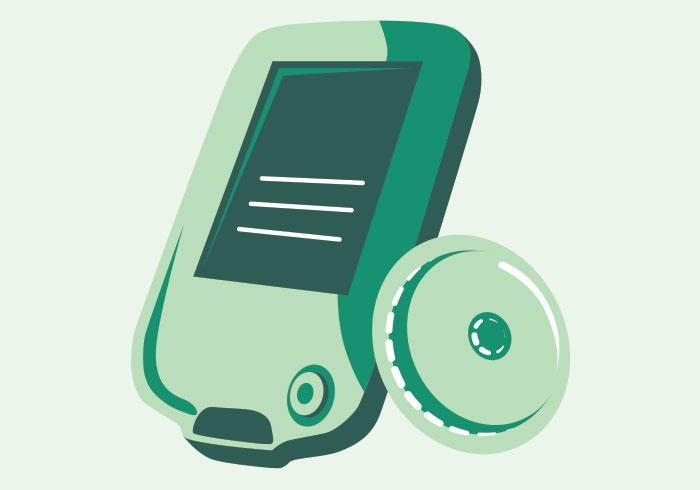Continuous glucose monitors (CGMs) have significantly evolved, offering improved accuracy, reliability, and user-friendliness. These devices are key tools for continuous glucose monitoring and diabetes management. When selecting the best continuous glucose monitor, understanding the differences between real-time and intermittently scanned CGMs is essential.

Real-time CGMs
Real-time CGMs consist of three main components: a sensor (inserted under the skin, usually on the arm or abdomen), a transmitter that attaches to the sensor, and a smartphone or handheld receiver that displays real-time glucose data.
